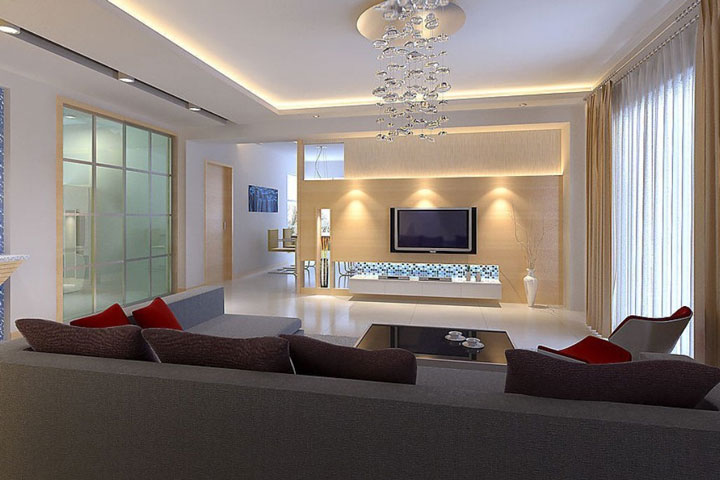
Home Decorating-Lighting Design Tips
Nothing kills a romantic dinner faster than glaring lights. The soft flicker of a candle or a lantern plays to our moods, giving the scene just the right amount of intriguing glow. At the reverse end of the scale, a home office requires a good deal of light for reading documents and writing.
With these lighting design tips in mind, consider the mood and the function of the room you are creating. A bedroom may need only assorted table lamps to feel and function properly, while a kitchen demands a full menu from task lighting for performing specific chores safely to overall ambient light to render the room friendly.
Of course, natural light is the most welcoming light of all. Rooms with a surplus of windows or a bank of French doors tend to be more cheerful. A large skylight positioned over the breakfast table or in the bedroom allows the sun to pour in, and with it, up go our spirits. A glass-block window in a shower or beside a bathtub floods the bathing area with sunshine but protects our privacy so we gain the best of both worlds. Look around. Perhaps you can squeeze a window in on the stair landing, in the bathroom, or in the laundry room, transforming what was a dingy throwaway area into a bright space.
Employing the benefits of both natural and artificial light is a good way to reach a happy medium. Lighting specialists plan light in very technical terms using site-specific mathematical equations to achieve their results. If you’re remodeling, don’t miss the opportunity to make some fundamental improvements.
A pro’s expertise can transform the interior and exterior of your home. Cognizant that the correct amount of light enhances the way we live, specialists remember even the small details such as low-voltage lights in closets and spotlights to show off your paintings. Whatever your plan – remodeling or upgrading the lighting you already have – it will help to get an overall sense of what kinds of lighting are available and how each performs before you shop. Lighting stores have designers on hand to answer questions and to help you make the best choices. Although no rules govern how much light a specific room warrants, a number of guidelines exist.
Turn It On
Figure every room needs an average of 200 watts for every 50 square feet. Bulbs with higher lumens (an international unit that refers to the amount of light a bulb produces) are more efficient given the same wattage (the amount of electrical current consumed by the bulb). Packages list both lumens and wattage so it’s easy to check. Elderly family members may require more wattage to be comfortable. Your eyes’ pupils, as you age, have less flexibility and demand greater brightness. Studies show an average 50-year-old gets as much light from a 100-watt bulb as a 20-year-old gets from a 50-watt bulb!
When you want to increase lighting in, say, the family room, either double the amount of light sources or, if the fixtures can take it (be sure wattage never exceeds a manufacturer’s recommendation), double the wattage of the bulbs. Keep in mind that where the light source is located, what the colors of the walls and furnishings are, and what kind of a shade the light wears will make a difference.
Lightbulbs vary, too. The most common – incandescent bulbs – have a tungsten filament and produce a yellowish white light. Fluorescent bulbs use just a fraction of the electricity that incandescent bulbs do and last up to 20 times longer; this is the reason they are so often used in commercial settings. We usually think of fluorescent bulbs as slim tubes, but they can also be purchased as screw-in types to be used in place of incandescent bulbs in a standard light socket. Look for them in a rainbow of quirky, fun colors or, to impart a more natural cast, warm white.
Halogen bulbs emit an extremely bright, white light, which makes them useful as spots and downlights. These also have a longer life and provide more lumens per watt than regular incandescent bulbs. On the downside, halogen lights, which closely mimic daylight, generate intense heat and can pose a greater fire hazard. A halogen light should never be put near a curtain or come in contact with plastic materials.
A proper lighting plan will include the right combination of ambient (overall) lighting to illuminate the space, task lighting to provide illumination for specific activities such as reading or playing games, mood lighting to create an agreeable atmosphere, and accent lighting to focus attention on specific objects like that new sculpture in the living room. Install dimmers on your lighting fixtures in order to fine- tune – increasing or decreasing – the illumination as you choose.
Lighting Fixtures
There’s no set rule that dictates you must have a traditional fixture in a traditional room just as there is no real reason that lamps – safely installed – need to be quarantined to the usual spots. Try one on top of the vanity or on the kitchen counter. An unexpected element like an ornate chandelier over a country table or a hanging pendant lamp with a pale silk shade by a chintz-covered chaise just increases the dynamics.
Matching the style of the room to the style of the fixture, though, will help focus and narrow your search. An electrician’s labor is fairly expensive so it’s backward economy to buy anything less than the best quality and most wanted fixtures you can afford.
Generally, contemporary fixtures in materials such as polished chrome and stainless steel are at home in ultramodern settings; traditional fixtures like candlesticks, porcelain ginger-jar lamps with cloth shades, sconces, wrought-iron standing lamps, and banker’s lamps – just to name a few – are most content in traditional settings. Track lights, with halogen or incandescent bulbs, are perfect for any situation – kitchen, family room, or office – because you can aim the light exactly where you want it.
And, more costly since they involve construction, recessed spotlights or floodlights will provide any room with ambient or task lighting. A favorite of decorators, unobtrusive recessed lights fit every room style. Make a lighting list, and carry it with you when you start out. Remember a great-looking fixture derives as much attention as an art object. If you find one you know is perfect for your decoration, don’t pass it by!
Room by Room
For the bedroom, versatile and popular swing-arm lamps, available in any number of finishes and looks, render nighttime reading enjoyable and leave bedside tables free for books and other paraphernalia. Include a three-way switch for a choice of light level, and position the lamp no more than 12 inches away from the bed. Swing-arm lamps will work anywhere space is constricted such as near a desk or phone. Overhead fixtures should be selected to echo the room’s style.
Forego a mundane institutionallike fixture for a reproduction-period light, a modern hanging lamp in glass and steel, or a zany ceiling spotlight with a trio of adjustable halogen lights. Standing floor lamps used to be quite routine but no longer. How about a torchère with a lacquered steel base and a plastic, sherbet-colored shade to jazz up your teenage daughter’s room?
According to style, a living room can easily be enhanced with recessed lighting or the appropriate sort of overhead fixture such as a low-voltage chandelier or a pendant lamp used primarily for decorative purposes. At a minimum, a small living room should also include four table lamps or a combination of floor and table lamps to form plenty of welcoming pools of helpful illumination. Tiny low-voltage halogen uplights (inexpensive can lights that sit on the floor) throw light up to be reflected from walls and ceilings. Also inexpensive and portable, popular uplights are a fine way to provide indirect light when recessed lighting is out of the question.
Family rooms and dens – home to all sorts of activities – demand general background illumination just as living rooms do. Table lamps and downlights will provide ample light whether family members are reading or playing a game of chess. As a rule, the bottom edge of the lamp shade should be at eye level of the person seated near it. If you want a standing lamp to function for reading, stand it behind the chair. For safety, run exposed cords along the baseboard or behind furniture – never under a rug. You don’t want the light from a fire to be a source of illumination.
A chandelier suspended over a dining room table (about 30 inches above is the norm) acts as a focal point while shedding light on delicious meals, welcome guests, and other objects that tend to gather there. To foster a stay-and-linger sort of mood, though, it’s wise to include a dimmer. When you need the table for another job like laying out a sewing pattern or going over bills, it will be easy to pump up the brightness. For a low level of general illumination in the dining room, sconces and low-voltage recessed lights are often included along with a chandelier.
Kitchens require light in every square foot. A good-quality ceiling fixture or recessed or track lighting will prove invaluable. Note that the wattage will need to vary according to the color of your walls and surface treatments as well as their reflecting values. A forest-green counter, for example, will absorb light and may make food preparation dangerous.
Be aware that adequate lighting sources should be installed directly above the range and the sink, the situations where you least want shadows for preparing and cooking. Strip lights mounted beneath the cabinets will illuminate work spaces below – so you’ll at least see your finger before you accidentally cut it.
Bathrooms – where we primp and groom – need high-voltage lighting especially near the mirror. If you want, hunt for fixtures that duplicate the era of an older room or create some romance there instead: Sparkly crystal sconces near an etched mirror over a delicately skirted sink would be especially pretty. Bracketed fixtures or sconces could be situated on either side of a mirror or medicine cabinet, or a light could be positioned right above the mirror. A waterproof fixture in the shower is always helpful and necessary. The specific level of light necessary will depend on the room and your personal preferences. For instance, you might want to include a dimmer so you can soften the mood while you enjoy a long, leisurely herbal soak.
Shade-Savvy
Sometimes just a new shade – trimmed with beads or fashioned of a playful animal print – will catapult a lamp into the future. Instead of trying to find a ready-made shade that matches a particular wallpaper or fabric, it will be easier if you custom-order one or allow the shade to provide an accent color. Custom-ordered shades (a lamp store can refer you to a source) are more expensive but well worth the cost. An expert will craft a shade out of anything you desire, from silk to handmade paper.
To procure the proper fit, take your lamp along with you with the bulb you’re planning to use in place. Before you finalize the sale, ask the salesperson to turn on the light. Light changes the appearance of a shade. And here’s another secret: Pristine white shades, despite their innocent look, will sometimes make a room appear dingy. Consider a high-energy color instead.
A lamp’s bulb and harp (the two-piece element used to secure the frame) should remain hidden from sight. And, in general, the shade should not be taller than the base. If you unearth the right shade but it sits too low, buy a shade riser. A shade riser is a postlike adapter, available in varying sizes from 1/2 inch to 2 inches, that screws into the top of the harp to lift the shade so it sits higher on the base.
It might seem like endless variations are available when it comes to lamp shades. Avoid confusion by keeping the six basic styles in mind. And feel free to experiment as well. A little serendipity is good.
- Square- and rectangle-shaped shades complement square or almost square bases.
- Drum shapes team best with column lamps.
- Ovals are often preferred in tight spaces since they can be pushed against a wall.
- Bell shapes, seen frequently in Asian-style rooms, partner happily with urn- or vase-type bases.
- Empire shades – narrower at the top than the bottom-mesh well with all sorts of bases.
- Coolie shades have an outdated name, but their classic, wide, hatlike shape continues to be a favorite atop a wide base.

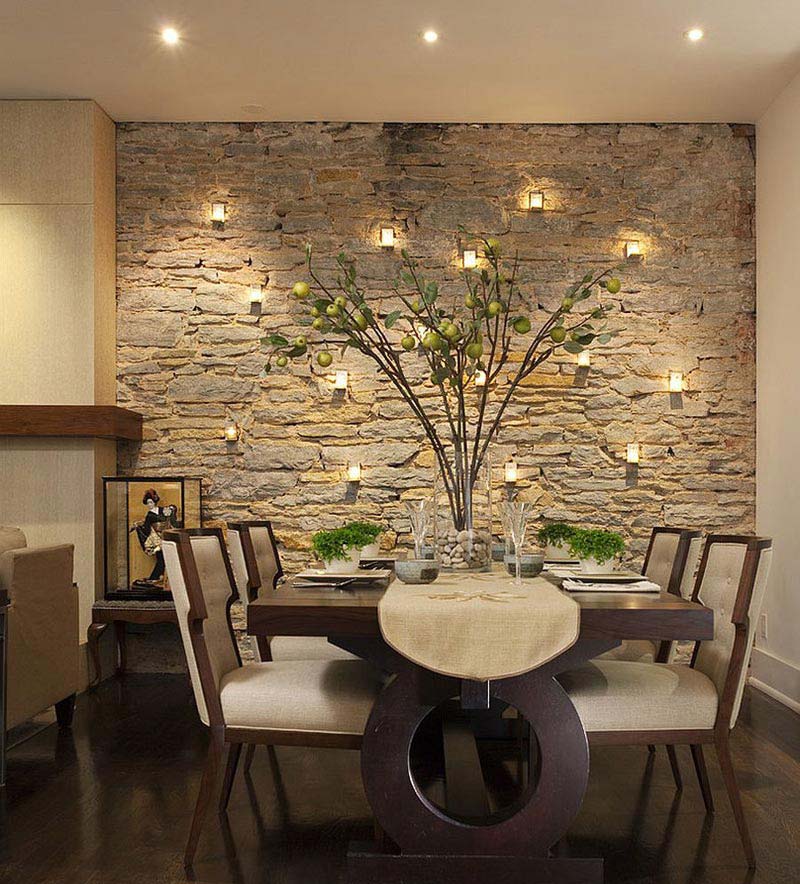

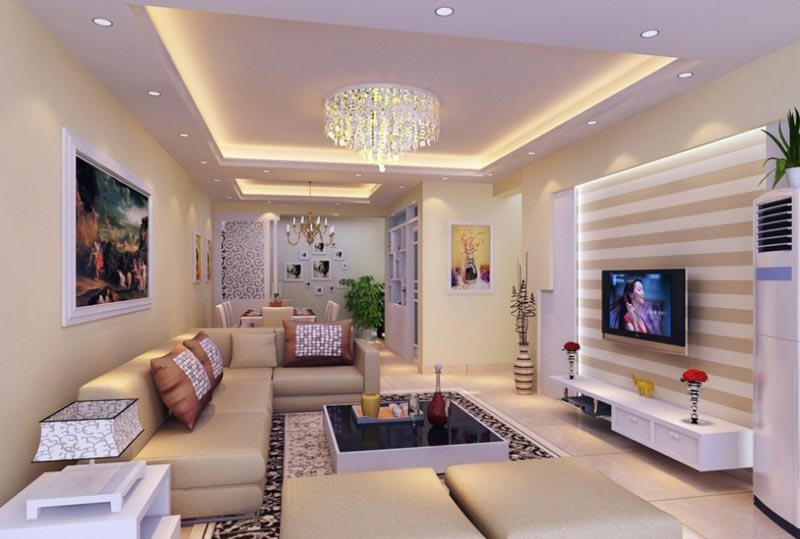
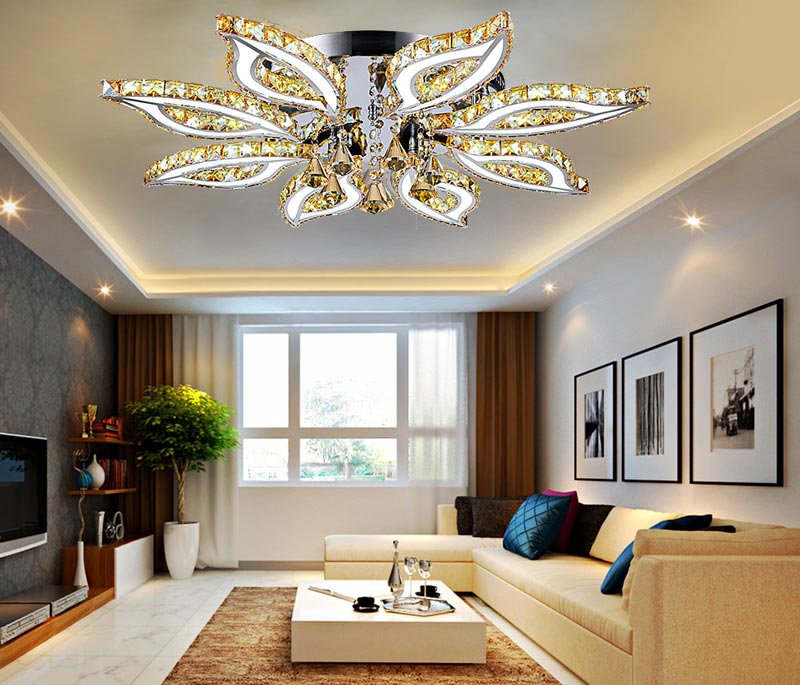
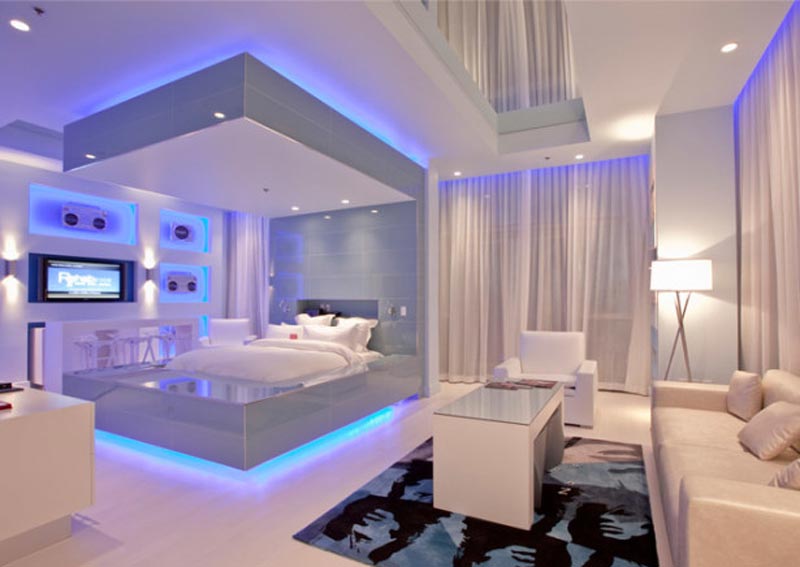
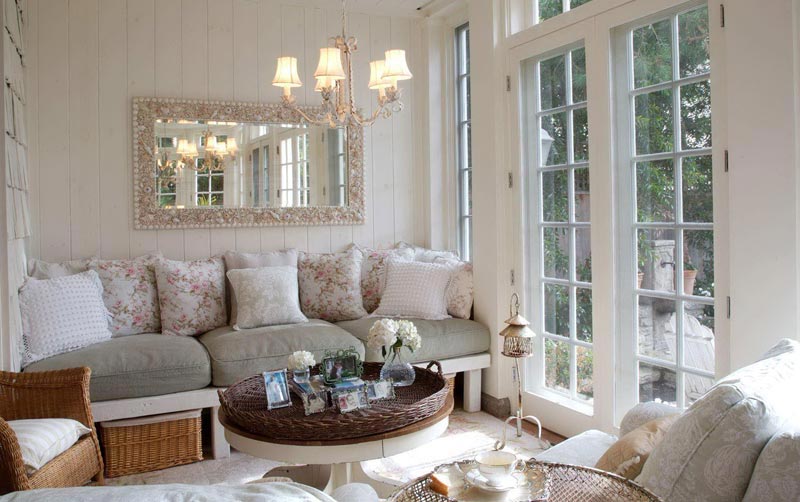
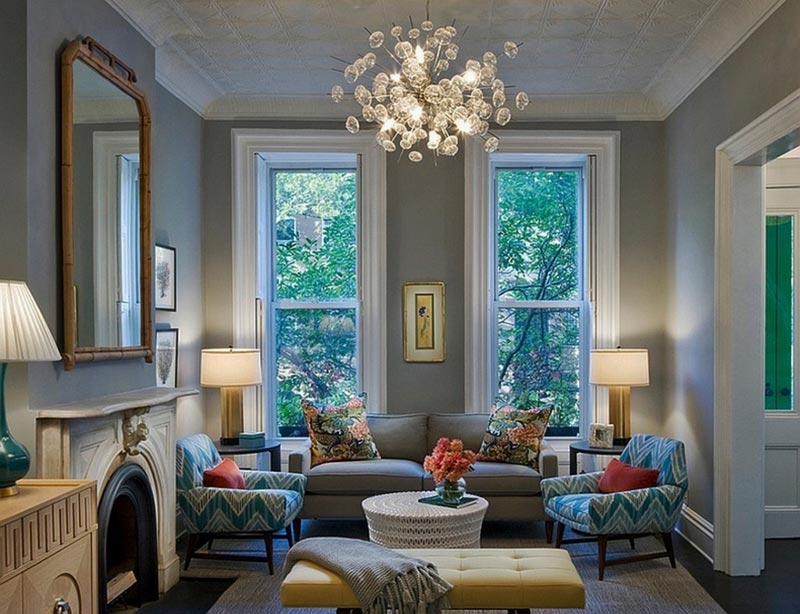
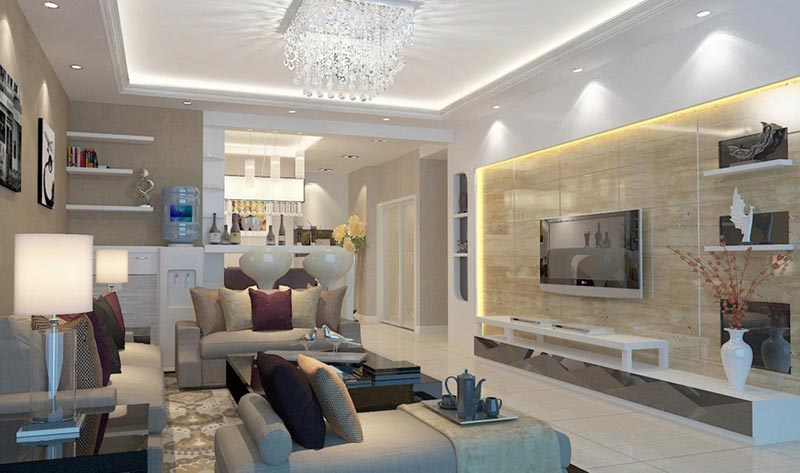
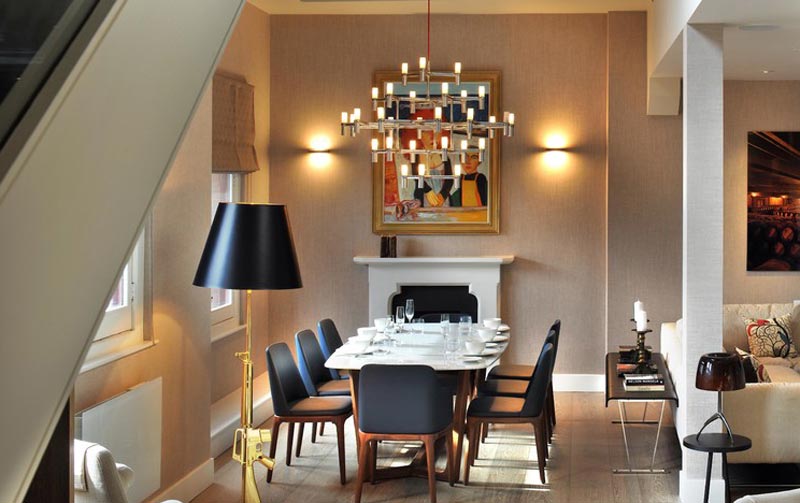
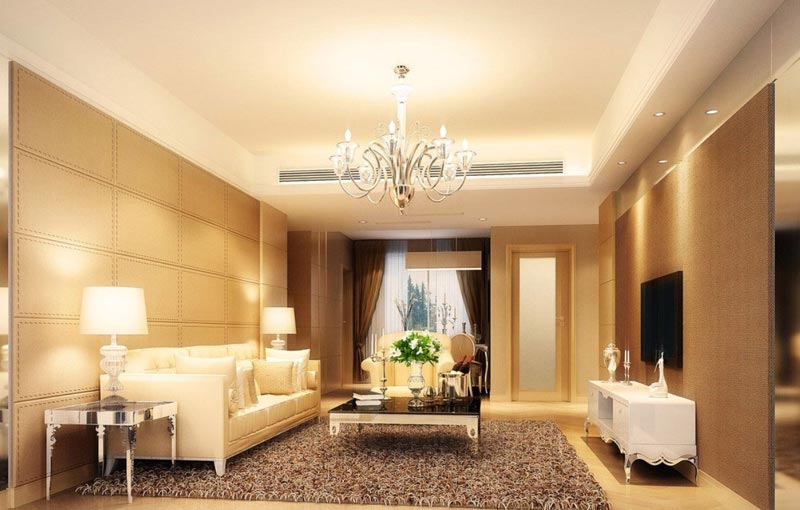

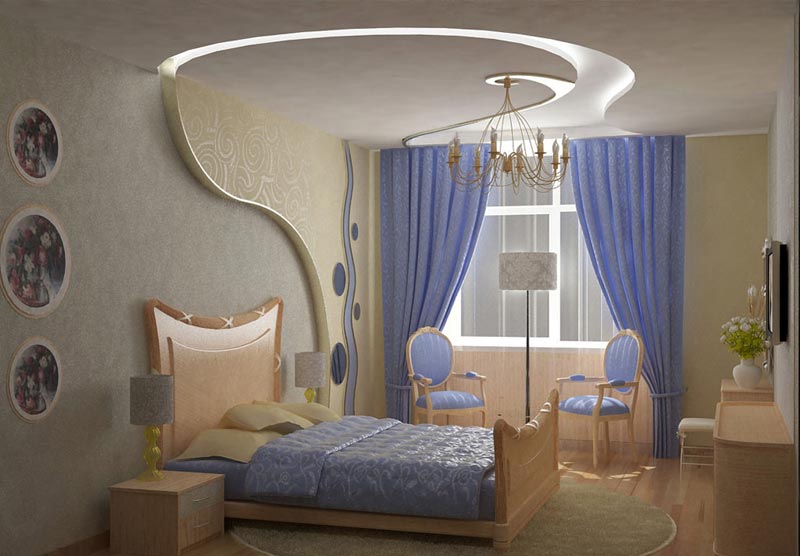
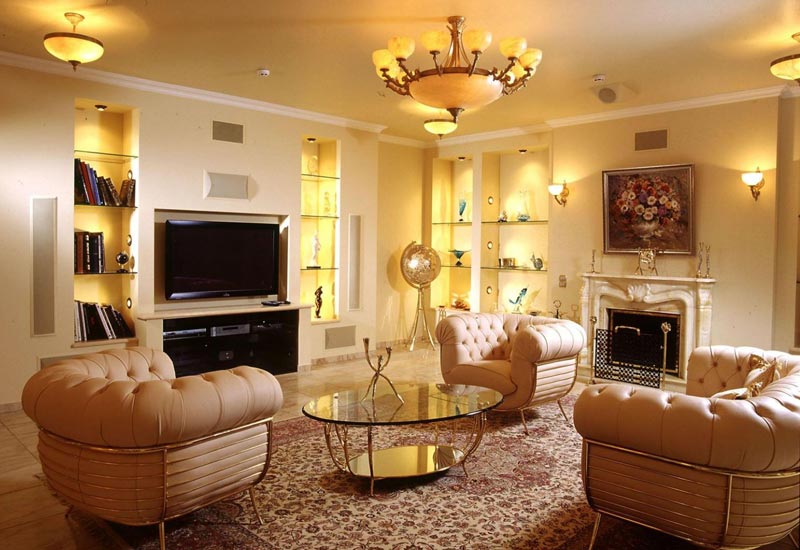
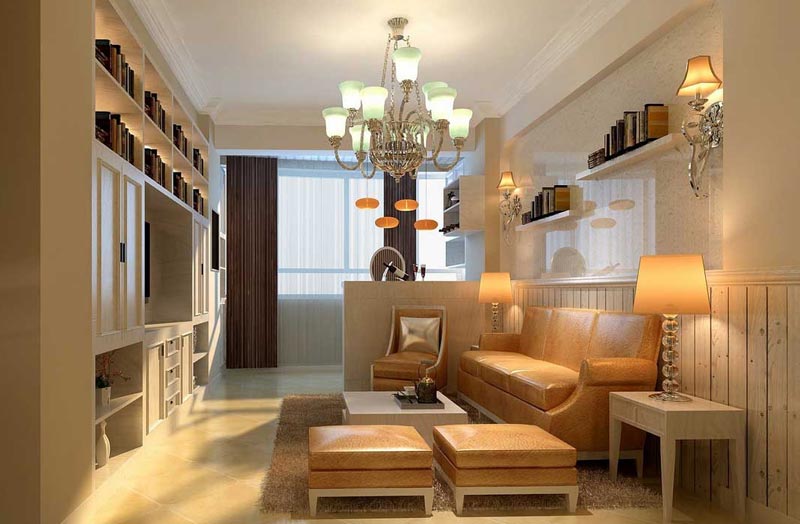
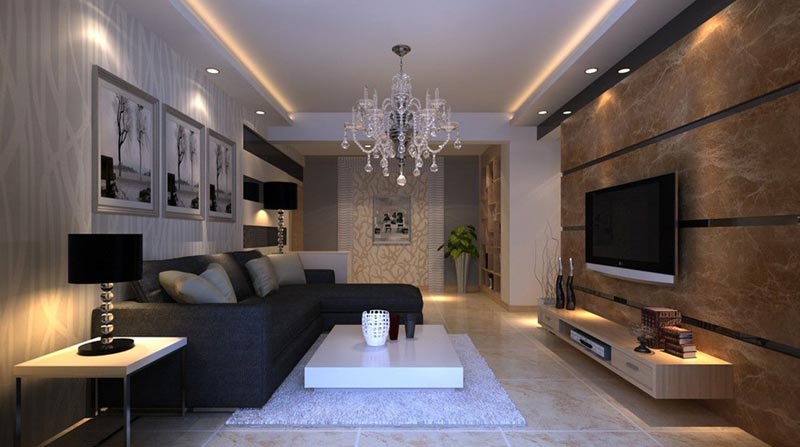
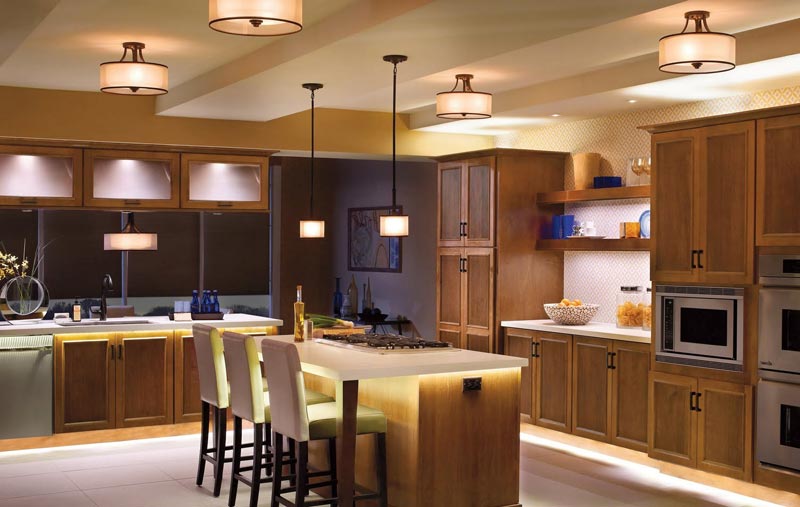
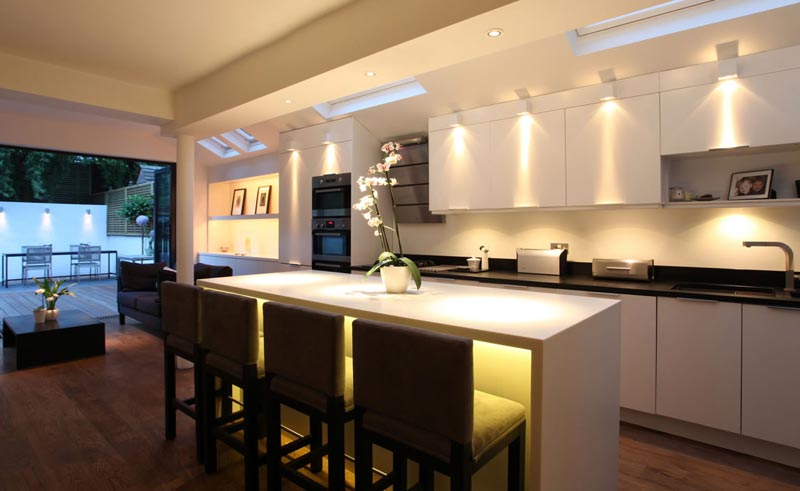
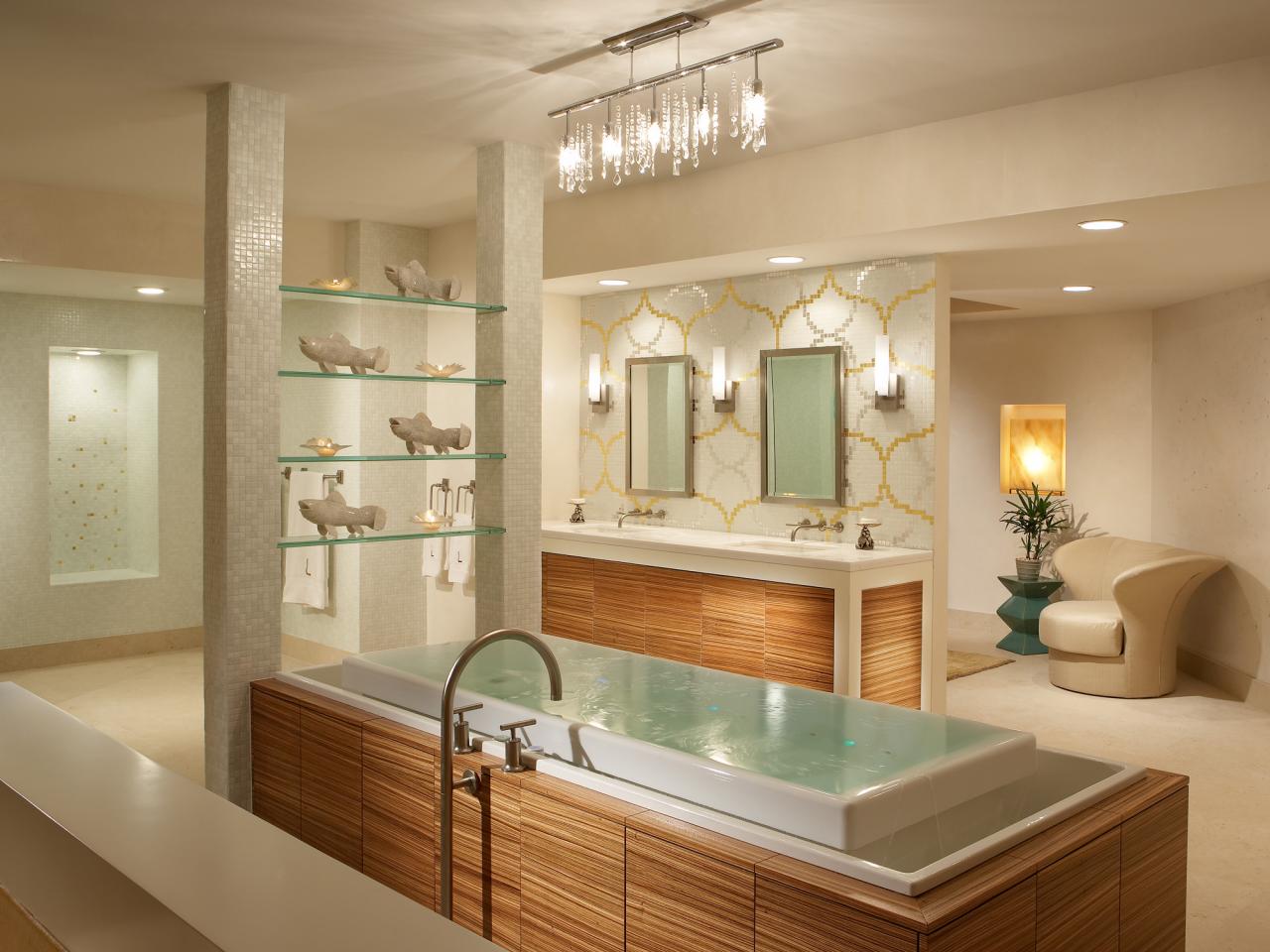

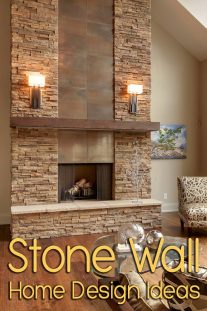
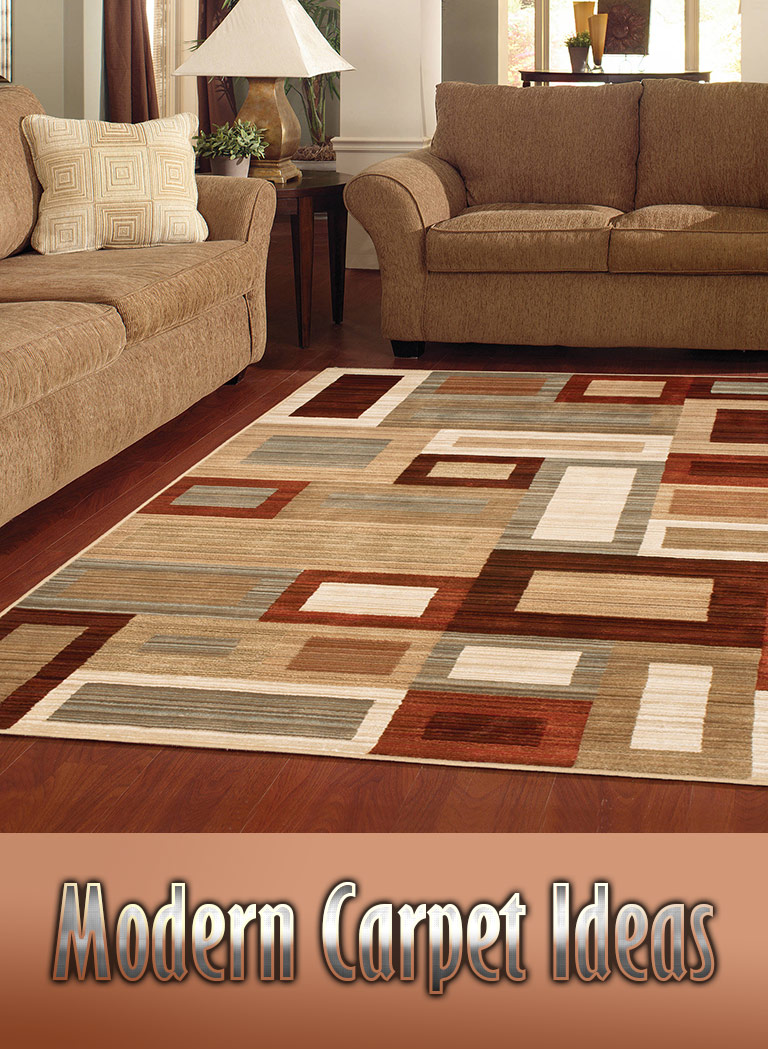
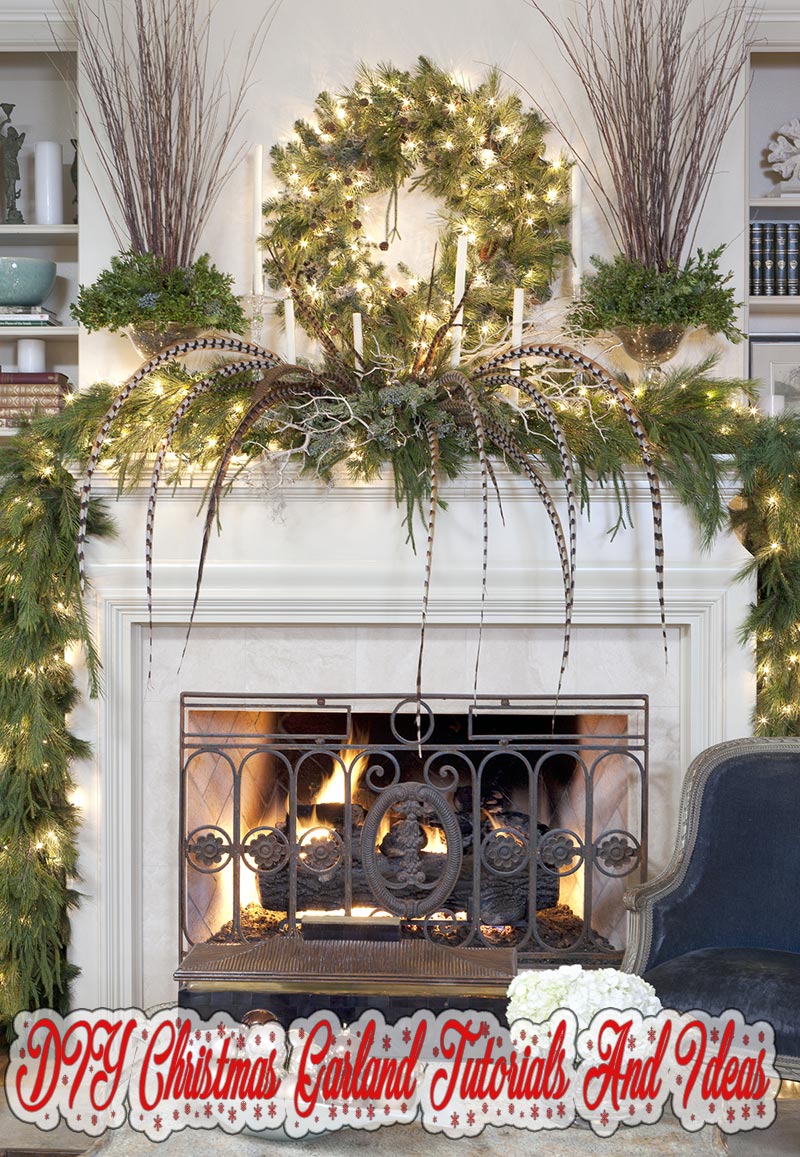
Leave a Reply